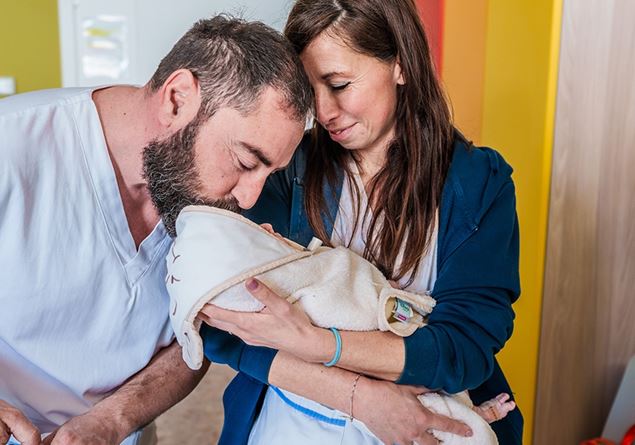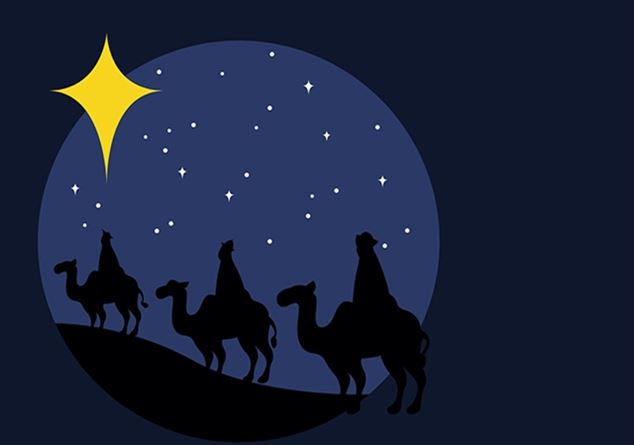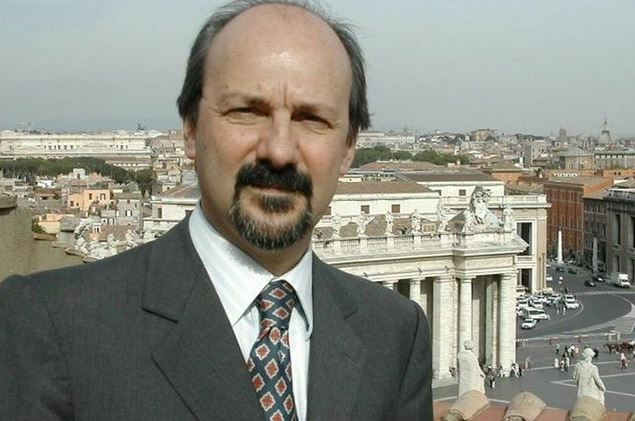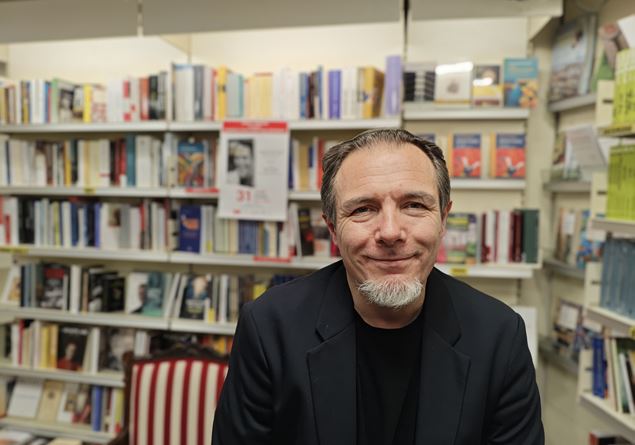A puppet representing the Befana
What does the Befana have to do with the Day of the Magi? What is the connection between the old woman who brings gifts to the little ones and the mysterious kings (who were not kings, but perhaps astrologers, and there were not even three) who offered gold, incense and myrrh to Baby Jesus? In the book History and legends of Santa Claus and the Befana (Newton Compton) the authors Claudio Corvino and Erberto Petoia report a legend according to which the Magi, headed to Bethlehem with the gifts, unable to find the way, asked an old woman for information. Who, despite their insistence, to follow them to visit the Child, remained firm. Only to later regret his reluctance. For this reason he prepared a basket of sweets, went out and looked for the kings. But he didn’t find them. At that point she decided that she would stop at every house along her way, giving something to the children, hoping that one of them was Jesus.
Since then he has brought gifts to all the little ones. So here’s that “epiphany”, Greek word meaning “divine manifestation, appearance” (that of Christ the Lord to all peoples in this case) has deteriorated and has become a witch.
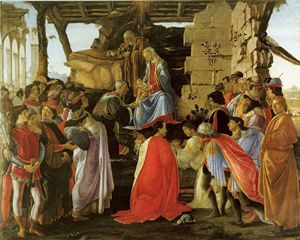
Botticelli, Adoration of the Magi
The holiday was abolished from the civil calendar in 1978 and reinstated in 1985
In Italy it is however a very popular and heartfelt celebration, it gives rise to various events and traditions, from lunches and gifts offered for the poorest to the exquisitely religious one, especially in the South, of the kiss of the Child in the living nativity scenes set up for Christmas. Up to the procession of the Magi and the village festivals.
In 1978 the Andreotti government abolished it, but it was then reintroduced into the religious and civil calendar in 1985.
It is the Gospel of Matthew that narrates the episode of the visit of the Magi to Baby Jesus who from the East arrive in Jerusalem and ask “Where is he who has been born, the king of the Jews? We saw his star rising and we came to worship him.” The meaning is theological: the Magi symbolize the foreigners and pagans who recognize the coming of the true God. Originally, however, it was thought that the characters were not three and not Kings. The origin from the East makes one think of Persia, because “magician” is a word from this land but with a somewhat obscure etymology. However, it indicates a tribe originating from western Iran from which the priests who joined Zoroaster’s reform were chosen.
The interpretations of the Church Fathers
Legends and interpretations abound. The Church Fathers gave different dates. Tertullianin the 2nd century, grants the Magi the title of King; in the same period Saint Irenaeus explains the meaning of the three gifts: myrrh is the oil traditionally used for burial and alludes to the Passion of Christ, gold is a symbol of royalty, incense is reserved for God. In the 12th century, however, Bernard of Clairvaux he will explain that the gold was to alleviate the poverty of the Virgin, the incense to disinfect the stable of Bethlehem and the myrrh as a vermifuge. Lutherfour centuries later, associates them with faith, hope and charity, the three theological virtues.
Another Armenian legend says that the Three Kings were brothers and reports their names: Melkonwho reigned over the Persians; Belshazzarthe second, on the Indians; Gasparthe third, owned the country of the Arabs.
The Magi symbol of those in search of God
Beyond the endless legends, the Church has always considered them as a symbol of man who sets out in search of God: “They”, he said Benedict XVI in the homily for the solemnity of the Epiphany in 2011, «they were probably wise men who scanned the sky, but not to try to “read” the future in the stars, possibly to make a profit; rather they were men “in search” of something more, in search of the true light, which is able to indicate the path to follow in life. They were people who were certain that in creation there exists what we could define as the “signature” of God, a signature that man can and must attempt to discover and decipher.”
The relics of the Magi between Milan and Cologne
In 614 Palestine was occupied by the Persians led by King Chosroes II and they destroyed almost all the Christian churches, sparing the Basilica of the Nativity in Bethlehem because on the facade there was a mosaic depicting the Magi dressed in traditional Persian dress. Marco Polo claims to have visited the tombs of the Magi in the city of Saba, south of Tehran, around 1270: «In Persia there is the city called Saba, from which the three kings left who went to worship God when was born. In that city the three Magi are buried in a beautiful tomb, and they are all still there intact with beards and hair: one was named Beltasar, the other Gaspar, the third Melquior. Messer Marco asked several times in that city about those third kings: no one was able to tell him anything, except that they were third kings buried in ancient times” (Il Milione, chapter 30). In 1162, Emperor Frederick Barbarossa had the church of Sant’Eustorgio in Milan destroyed, where the bodies of the Magi had been taken (to which, according to Tradition, Saint Helena had arrived) and took possession of it. In 1164 the imperial archchancellor Rainaldo of Dassel, archbishop of Cologne, removed them and, passing through Lombardy, Piedmont, Burgundy, Rhineland, moved them to the cathedral of the German city, where they are still preserved today. Milan repeatedly tried to get the relics back: on 3 January 1904, Archbishop Ferrari had some bone fragments placed in a bronze urn with the inscription “Sepulcrum Trium Magorum” in Sant’Eustorgio.


